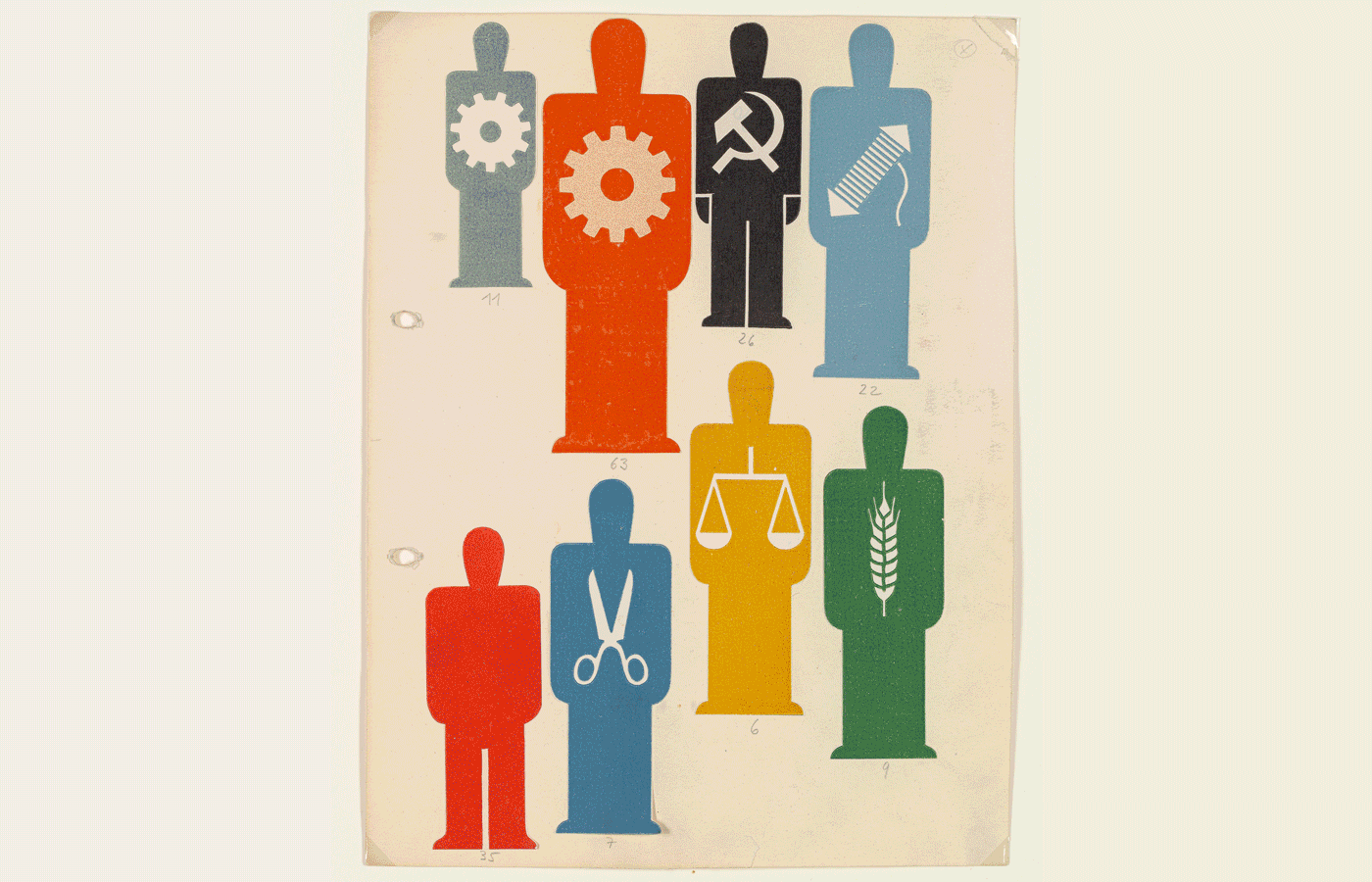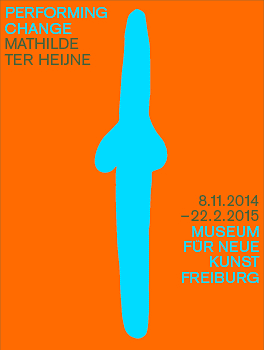May 7–September 12, 2021
Marienstraße 10A
Freiburg 79098
Germany
Hours: Tuesday–Wednesday and Friday–Sunday 10am–5pm
Thursday 10am–7pm
T 49 761 201 2583
mnk@stadt.freiburg.de
With: Otl Aicher, Moritz Appich/Jonas Grünwald/Bruno Jacoby, Gerd Arntz, Johannes Bergerhausen/Ilka Helmig, Karsten de Riese, Antje Ehmann/Harun Farocki, Juli Gudehus, Pati Hill, Timothée Ingen-Housz, Shigetaka Kurita et al., Warja Lavater, Marie Neurath, Otto Neurath, Yukio Ōta, Hinrich Sachs, Wolfgang Schmidt, Lilian Stolk and Edgar Walthert
Every day, billions of emojis are sent via mobile phones and tablets. Since their introduction in the late 1990s, but especially during the past decade, emojis have established themselves as a worldwide phenomenon of mass communication. They have permanently changed our everyday interaction with pictograms, i. e. information conveyed via a system of images. Today, well over 3,000 standardised emojis are ever present in private chats and social media. They reflect the desire for expressions of emotion in a highly functional, globalised world. From today’s perspective, popular emojis and their history raise many exciting questions that the exhibition endeavours to explore.
The artists and designers presented in the exhibition have formulated various pictorial sign systems associated with intrinsically different objectives: they serve to convey knowledge and social participation, they are used to organise public life, or are designed to convey the succinct expression of individual emotions. Some of the authors are motivated by the desire for universal legibility; others develop personal sign systems that question the unambiguous nature of signs per se. The versatile use in ever-new modes of communication underlines the essential mutability of pictograms, which goes hand in hand with both the social and individual needs of their particular era.
Curated by Maxim Weirich, Michaela Stoffels, Anja Dorn and Isabel Herda.
A catalogue is published for the exhibition, including contributions by Anja Dorn, Isabel Herda, Christine Litz, Michaela Stoffels, Philipp Nielsen, Maxim Weirich and Lukas R.A. Wilde. The publication includes numerous illustrations accompanied by three essays that delve into the objectives, concerns, and aspirations that have shaped modern pictographic languages since the 1920s. How do these sign systems respond to the urgencies of the periods in which they are created? Do pictograms expand our possibilities of expression? Or do they limit them by reinforcing problematic stereotypes?
Printed and distributed by Verlag der Buchhandlung Walther und Franz König.
Paperback, 272 pages.
Exhibition and catalogue have been co-produced by Leopold-Hoesch-Museum, Düren and Museum für Neue Kunst, Freiburg.
For further reading, please visit the project website.


